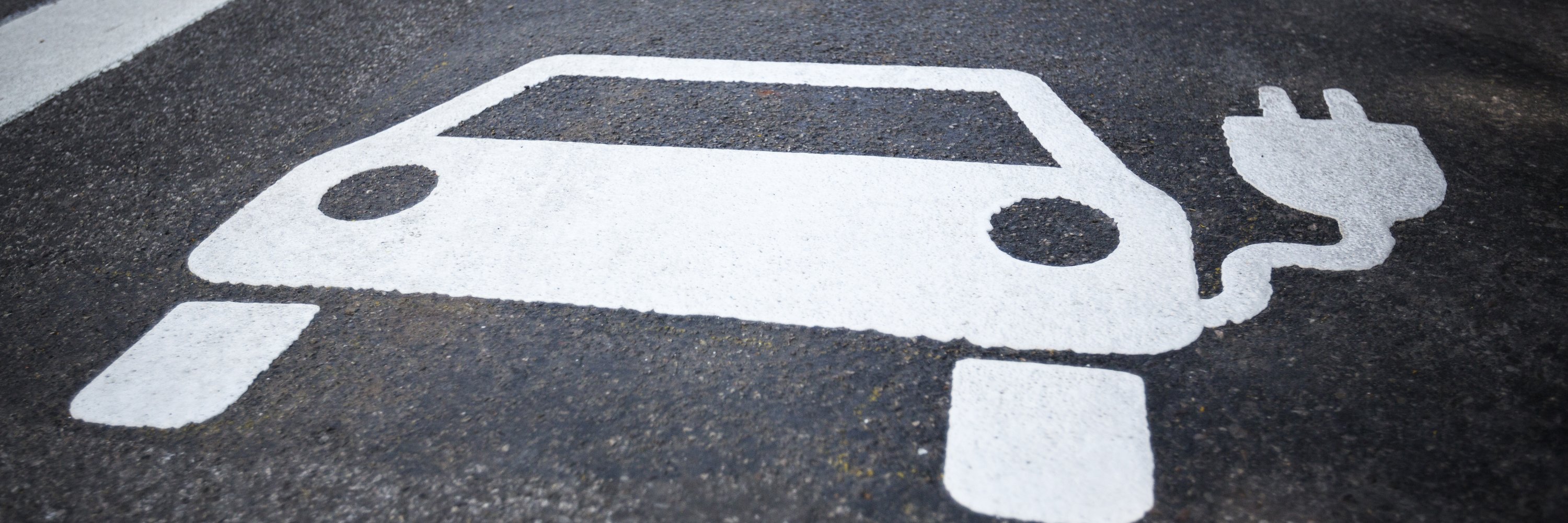- Title: E2GO – Cost-reduction of EV fast-charging station to enable large-scale electrification of mobility
- Program: HORIZON-MSCA-2021-DN-01
- Funding Agency: EU
- Project duration: 48 Months
- Project website: http://www.e2go-project.eu/
E2GO

E2Go is a European funded Marie Sklodowska-Curie Doctoral Network project that will hire and train 9 Doctoral Candidates. The project has partners from the Netherlands, Poland, Portugal, Denmark and Austria. Within E2GO cross-disciplinary, intersectoral and international collaborations between academic groups and industry partners are formed with a clear main objective: cost-reduction of EV fast-charging infrastructure to enable massive deployment for large-scale electrification of mobility.
Project objectives:
The E2GO European Doctoral Network is brought to life to support the roll-out of the necessary fast-charging infrastructure by establishing a research and training community devoted to educating the next generation of Doctoral candidates (DCs) on this topic. Academic activities are aimed at developing new cost-effective solutions for battery buffered fast-charging stations. The training of 9 DCs will lead to an identification of the current knowledge gaps within academic groups and industry partners and how to address them. The developed technologies will be transferred into commercial applications via the industry beneficiaries and partners and the obtained scientific results and expertise will be made widely available such that other research organizations and industries can benefit.
SAL’s activities are within the DC9 PhD position are developed in collaboration with Infineon Technologies (AT) and University of Innsbruck.
Main objectives are:
- Identify the best topologies for ultra-wide output voltage bi-directional isolated DC-DC converter suitable for both 400V and 800V class battery banks, eliminating the relay-matrix in current solutions for better efficiency, reliability, and lower cost.
- Combine planar matrix transformer with novel PCB winding techniques and cooling solutions to break through the high-voltage and high-power barrier, while lowering the labor cost through automated production.




